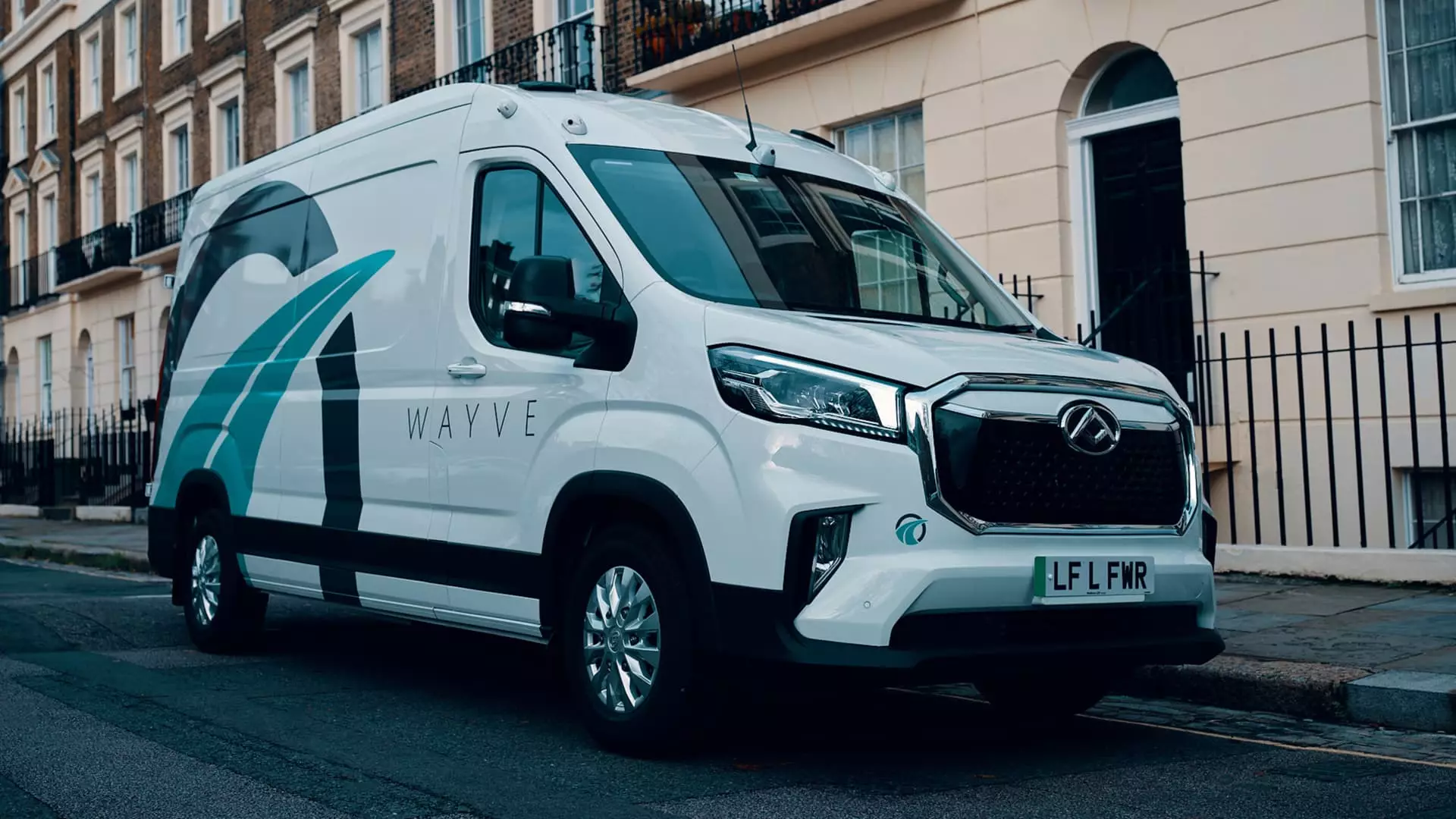Uber’s recent partnership with Wayve marks a significant leap forward in the realm of autonomous vehicle technology, specifically in the bustling streets of the United Kingdom. This ambitious trial aims to introduce Level 4 autonomous rides, an advancement that allows vehicles to operate independently without a safety driver on board. While it’s refreshing to see innovation in an otherwise stagnant transportation sector, this initiative raises critical questions about safety, regulatory frameworks, and the broader impact on society.
Revolutionizing Urban Mobility
The implications of introducing autonomous cars into everyday life are extensive. Proponents argue this could reshape urban mobility. No longer will urban dwellers be tethered to the constraints of public transport schedules or expensive taxi fares; instead, they have the potential for on-demand mobility delivered by a fleet of robotaxis. However, it’s crucial to ponder the long-term ramifications. Will this ease the burden of congestion, or will it lead to an emergent culture of laziness as people opt for convenience over walking or using public transport? It’s a double-edged sword that could either alleviate or exacerbate existing urban issues.
Safety Concerns Must Not Be Overlooked
While the allure of self-driving technology is captivating, the prospect of safety can’t be a mere afterthought. Level 4 autonomy (as touted by Wayve and Uber) does not guarantee flawless operation. History has shown us instances where over-reliance on technology led to catastrophic failures. In fact, many the public remain skeptical about fully autonomous vehicles following widely publicized incidents involving traditional ride-sharing and autonomous systems alike. Can we confidently believe that these AI systems are prepared for the unpredictable nature of urban driving? A tech reliance might lead us to dark paths that prioritize rapid deployment over safety scrutiny.
Government’s Role in Regulation
What’s encouraging about this venture is the proactive role the UK government is taking through its Autonomous Vehicles Act, creating an “accelerated framework” for testing self-driving cars. Coordination with regulatory bodies, such as Transport for London, perhaps paints a positive picture for cautious optimism. However, efficiency in legislation must be balanced with thoroughness. As Uber and Wayve maneuver through regulatory mazes, there’s a risk that corners might be cut in the name of innovation. This is a potential melting pot of regulatory oversights, which could have far-reaching negative effects on public perception and ultimately the future viability of autonomous vehicles.
Economic Impact and Job Displacement
One cannot ignore the economic ramifications that autonomous vehicles may bring, particularly in the job market. The rise of self-driving taxis threatens traditional driving jobs, from taxi services to truck drivers. Many personalities in the center-right spectrum often lean towards market solutions, but this transition might undermine the livelihoods of numerous individuals. While it’s essential to acknowledge technological advancement, we also owe it to those negatively affected to provide pathways towards new employment sectors. It’s a mindset of progress vs. protection that society must navigate carefully.
Uber and Wayve’s partnership heralds a new chapter in the transportation narrative of the UK, but the road ahead is fraught with challenges. As we stand on this brink of transportation technology revolution, the need for cautiously optimistic discourse and rigorous evaluation remains paramount.

